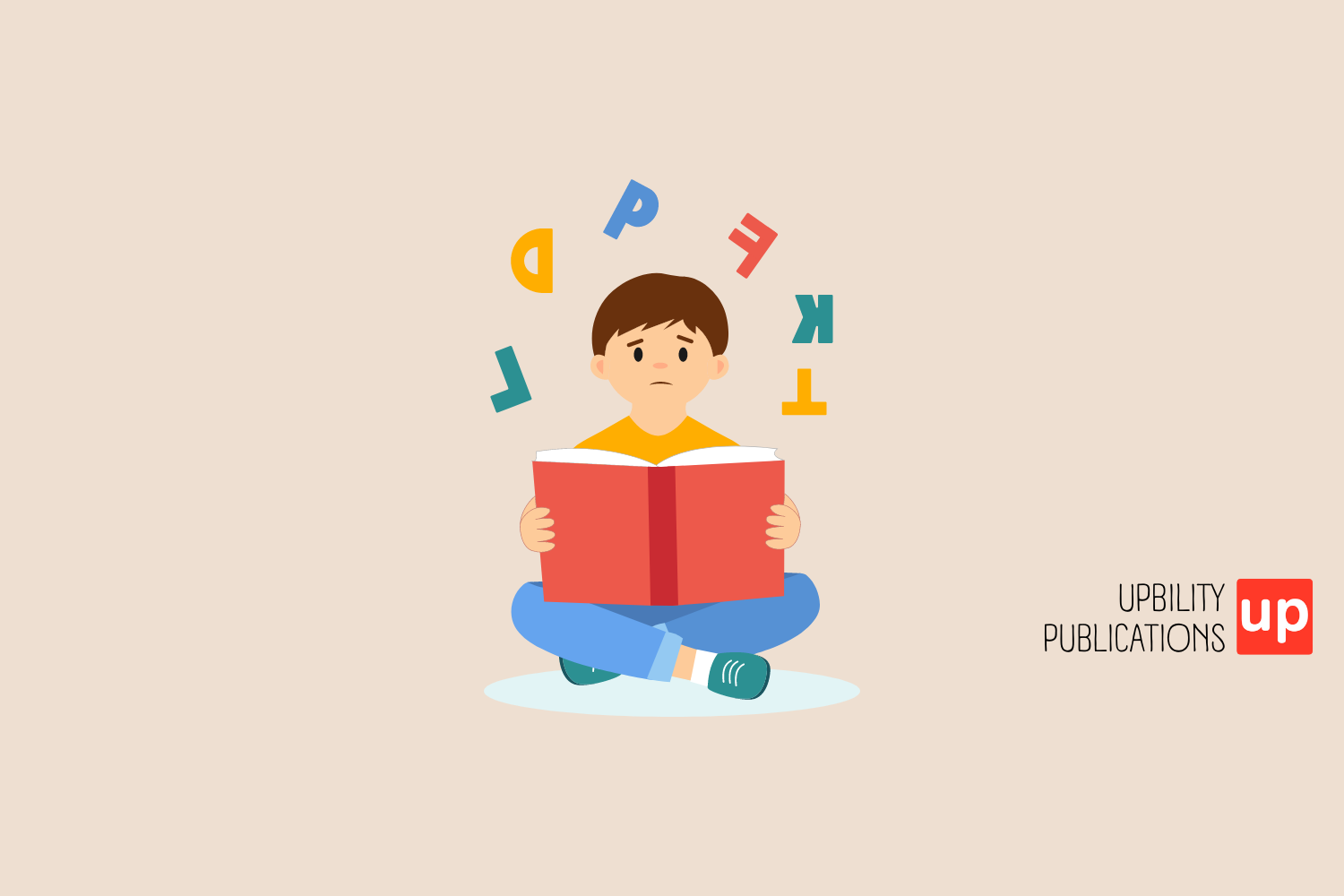Visual Perception Skills and Dyslexia
It is estimated that approximately 35-40% of people with learning disabilities experience visual disorders or difficulties when reading printed material. They may suffer from one or more of the following symptoms:
- Blurred vision while reading. The letters or words appear fuzzy or out of focus.
- Frustration while reading. People with dyslexia report that letters move or tend to reverse letters. The words or letters break into two and appear as double.
- Difficulty with tracking across a page
- Headaches while reading
- Oversensitivity to bright light and discomfort from glare on the page
In some cases, some of these symptoms may significantly affect a child’s ability to read and could turn reading into a frustrating and tiresome activity.
Many dyslexic people are also sensitive to the glare of the white background on a page, on the whiteboard or on the computer screen. This sensitivity could further aggravate reading difficulties.

Visual perceptual processing relates to two different skills. Visual perception signifies the ability to interpret what surrounds us. It comprises the skills of visual spatial relations, visual closure, visual form constancy, visual sequential memory, visual discrimination and figure-ground perception. Visual perceptual processing also encompasses the steps followed in processing visual information and the speed at which this is carried out. Visual perceptual processing is the ability of the brain to integrate and thoroughly analyse visually presented information.
Visual perception deficits imply a limited ability to process information received through the eyes in an effective way. They are distinct from problems pertaining to vision or visual acuity. Visual perception difficulties influence the way in which visual information is interpreted or processed. This means that children with visual perception deficits may have an excellent vision but, at the same time, find it hard to distinguish a picture from its background. They may also have difficulty distinguishing shapes or forms and perceiving their size and position in space.
The eyes “look” and the brain “sees”
Visual perceptual deficits, which are not necessarily connected with visual acuity deficits, can lead to difficulties in comprehending visual information, such as movement, spatial relations, form and direction. Visual processing difficulties along with central auditory comprehension disorders are frequently linked with learning disabilities, dyslexia or poor academic performance.
Categories:
Visual perceptual skills include the following categories:
Visual closure: the ability to identify a form from an incomplete representation. It is also the ability to visualize a complete whole when given incomplete information.
Figure-ground perception: the ability to visually perceive a form and identify it within a complex background, within a collection of unrelated shapes or items.
Visual form constancy: the ability to recognise that a form is identical to another one even if the latter is smaller / larger, hidden or has been rotated or inverted. It is the ability to recognise a form even though its size, shape or orientation may change.
Visual memory: the ability to recall immediately – after four or five seconds – all the features of a given form and to identify this form within a set of similar forms.
Visual sequential memory: the ability to recall immediately – after four or five seconds – a sequence of forms in the order in which it was initially perceived.
Visual discrimination: the ability to match or specify the dominant features of two similar forms.
Visual spatial relations: the ability to perceive the position of the objects in relation to oneself and other objects. It is the ability to determine that one form or part of a form is turned in a different direction than the others.
Figure-ground perception is the ability to perceive and identify a form or an object in a complex environment (background). This skill helps children to organise themselves and not get lost in the details of a situation. Children with low figure-ground perception performance can get confused while doing their homework. As a result, they become distracted and cannot stay focused. They may also have difficulties scanning a text to detect specific information.
Figure-ground perception refers to the ability to detect and identify forms and objects embedded in a complex visual environment as well as to watch an activity without being distracted by other external stimuli.
The Digital Book Visual Perception Skills for Children with Dyslexia is the second in a series of seven eBooks that provide intervention material aimed at developing the visual perception skills of school-age children. It contains 225 exercises and activities designed to enhance the visual skill of figure-ground perception.
Alice Kassotaki - Speech Language Pathologist MSc, BSc
Keep Reading:









